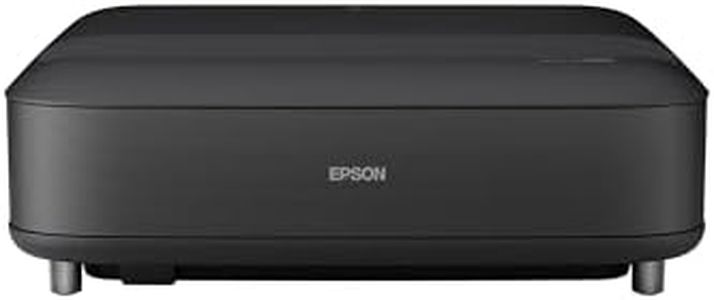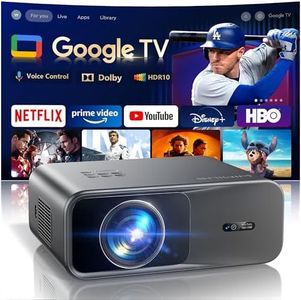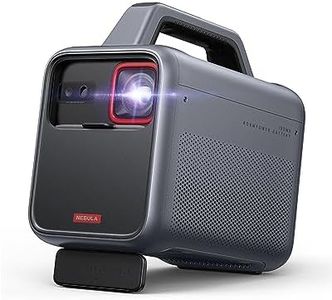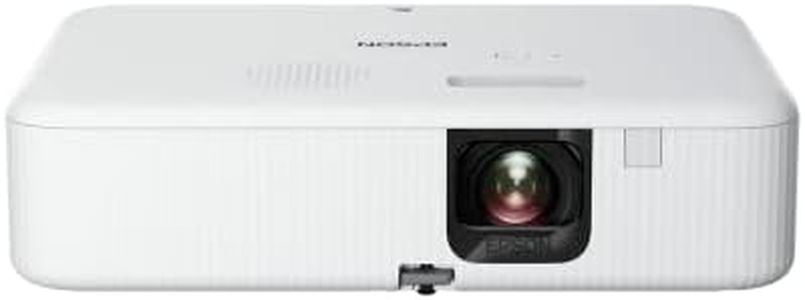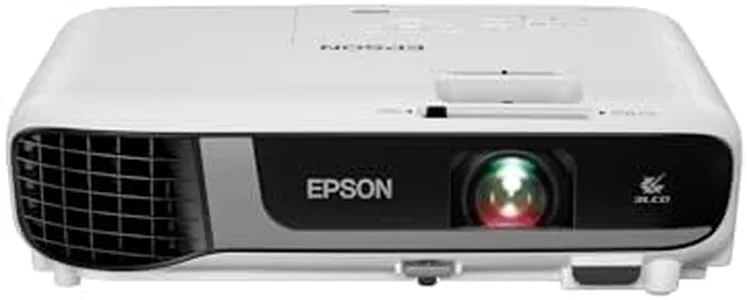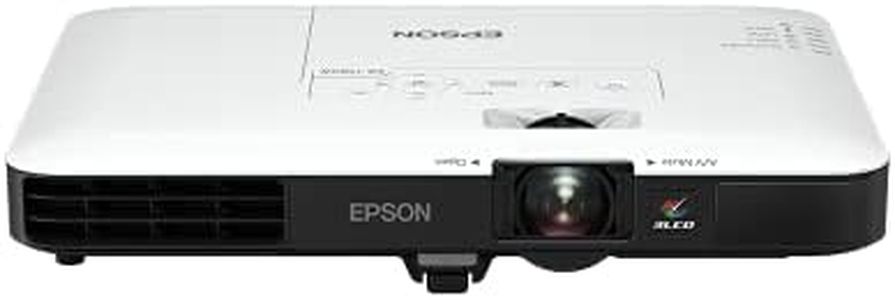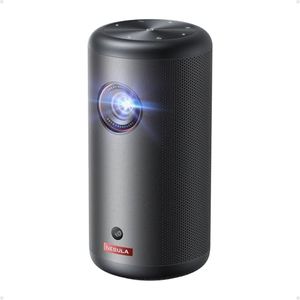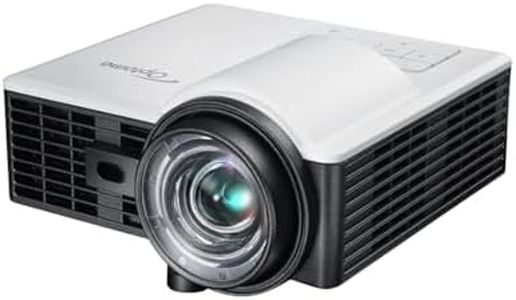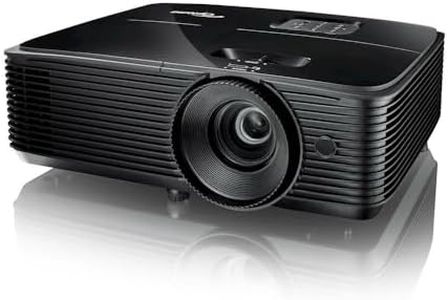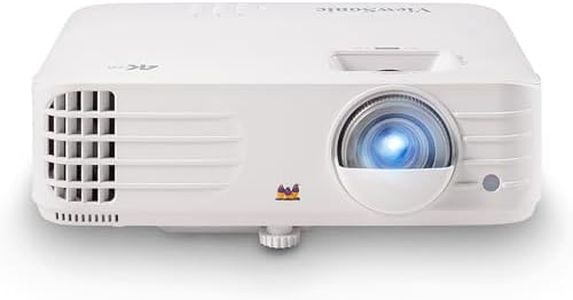We Use CookiesWe use cookies to enhance the security, performance,
functionality and for analytical and promotional activities. By continuing to browse this site you
are agreeing to our privacy policy
10 Best Led Projectors
From leading brands and best sellers available on the web.Buying Guide for the Best Led Projectors
Choosing an LED projector can be a fun process, but it helps to understand which features will make the most difference for your needs. LED projectors can be used for home entertainment, presentations, gaming, or even outdoor movies. Knowing where and how you plan to use your projector is key—this will help you focus on the specifications that matter most to you, ensuring you get a projector that fits your expectations for image quality, brightness, portability, and ease of use.Brightness (Lumens)Brightness, usually measured in lumens, indicates how intense the projected image will be. This spec is important because it affects how visible your image will be in different lighting conditions. Less than 1000 lumens is suitable for completely dark rooms, 1000-2000 lumens supports viewing in rooms with low ambient light, while 2000 lumens and above is helpful for brighter spaces or for use with larger screens. Think about where you'll use your projector most—darker spaces need less brightness, while rooms with windows or outdoor settings require a higher brightness level.
ResolutionResolution describes the number of pixels the projector displays, directly affecting image clarity and detail. Low-resolution projectors (like 800x600) are more basic and suited for simple graphics or text. HD resolution (1280x720 or 1920x1080) is standard for movies and games, providing a sharper image, while 4K (3840x2160) offers even more detail if you plan to use your projector for high-quality content or on a large screen. Consider what you’ll be watching—text and spreadsheets are usually fine in lower resolution, while movies and games benefit from higher resolution.
Contrast RatioThe contrast ratio is the difference between the darkest black and the brightest white the projector can display. High contrast ratios, like 10,000:1 or greater, mean deeper blacks and more vivid images, which make movies and photos look nicer. Lower contrast ratios might look washed out, especially in dark scenes. If you care about rich images or immersing yourself in movies or games, aim for a higher contrast ratio. For simple presentations or cartoons, lower ratios are usually ok.
Throw Distance and Screen SizeThrow distance is how far your projector needs to be from the screen to create a certain size image, while screen size refers to how large the picture will be. Some projectors are short-throw (can create big images even when close to the wall), while others require more space. Check the layout of your room before choosing: smaller spaces benefit from short-throw models, while large halls can use regular or long-throw projectors. If you plan to move the projector around or use it in various places, versatility in throw distance is useful.
Portability and WeightPortability refers to how easy it is to move the projector from place to place, which is important if you plan to travel with it or move it between rooms. Heavier or bulkier models are best for fixed setups, while compact and lightweight projectors are ideal for people on the go or for outdoor use. Think about whether your projector will stay in one spot or needs to be easy to pack and carry.
Lamp LifeLamp life is how long the projector’s LED light source is expected to last, usually measured in hours. Longer lamp life means less hassle and lower maintenance costs, as you won’t have to replace the lamp as often. LED projectors typically offer longer lifespans (often 20,000 to 30,000 hours) compared to traditional lamps. If you expect to use your projector often or for many hours at a time, a longer lamp life will be a key benefit.
Connectivity OptionsConnectivity options are the ways you can hook up your devices to the projector, such as HDMI, USB, VGA, or wireless (Wi-Fi, Bluetooth). This spec matters because it determines what gadgets you can use—like laptops, phones, or streaming sticks. If you want to keep things simple or use modern devices, at least one HDMI and USB port is a must. For added flexibility, wireless options make it easy to connect without cables. Consider what sources or devices you want to use, and make sure your projector supports them.
Built-in SpeakersSome LED projectors have built-in speakers, which can be handy for quick setups or outdoor use where you might not have access to separate speakers. While built-in speakers are convenient, they’re usually not as powerful or clear as dedicated sound systems. If sound quality is important for your use—like for movie nights—consider whether you’ll use external speakers, or if you’re ok with the convenience of the built-in ones for casual viewing.
